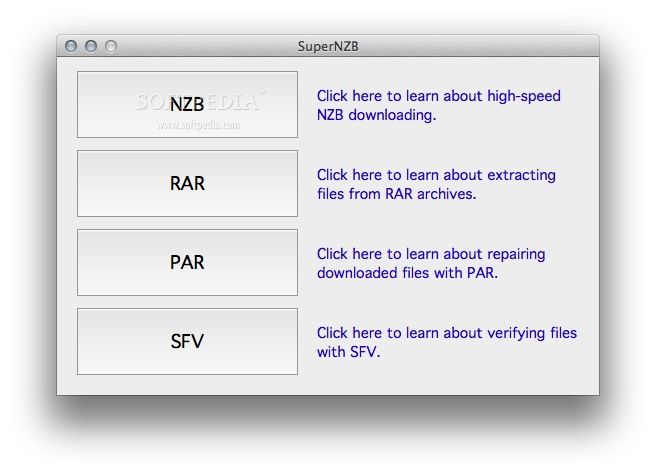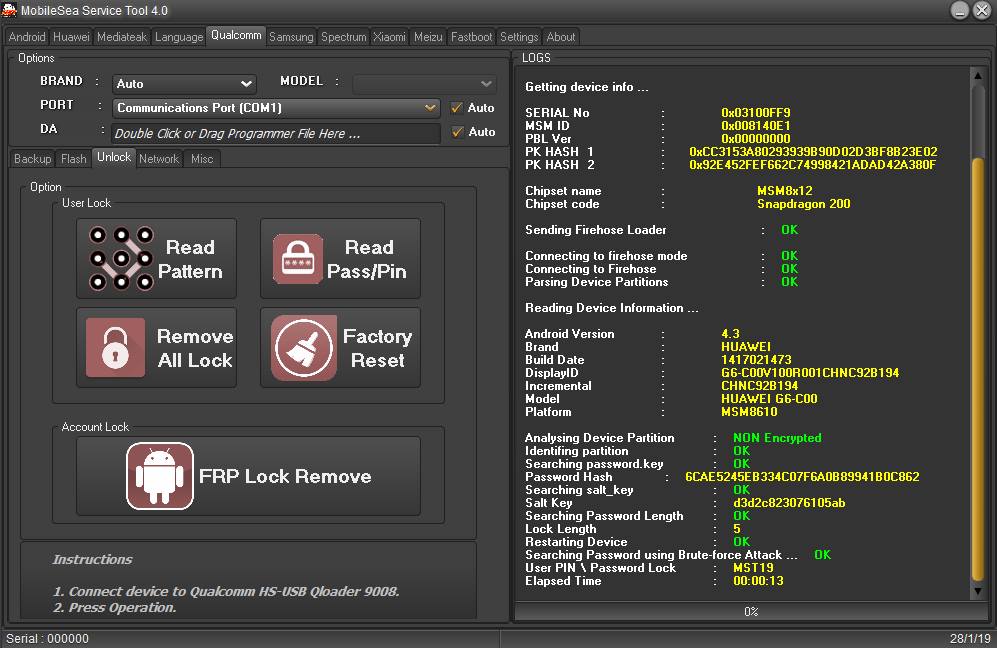
Next to the Speed column are progress bars, which show you how much of the current post has downloaded as a percentage.

This usually starts out slow and then increases since there is some time-consuming handshaking that must go on as SuperNZB asks the server for a post.

The Speed column shows how fast the current post is being downloaded. The MB column shows the total number of megabytes downloaded by that connection. They are usually nothing to worry about, but are an indication as to how reliable the server is. These are server & handshaking types of errors, and don’t indicate whether or not the file being downloaded is corrupt. The Errors column shows the number of errors the server has returned on that connection. First, it connects to the server, then it sends your username, then your password, then asks for a post, receives a post, etc. The State column shows what the connection is doing. You can turn a connection on-and-off while the Downloader is running via the check-box at the left. If both parental edges of a hybridization node are horizontal or both are non-horizontal, then the phi parameter always corresponds to the mirror node. If you change something on the Servers window, you must close the Downloader and then re-open it to see the changes. bpp v4.4.0 Changed Phi parameters (MSCi model) for non-BDI events always correspond to horizontal edges. So, if you have entered the TechSono server with five connections, you will see:

SuperNZB takes the server name you entered, and then adds a dash, and a number for each connection to create the server name you see here. It looks at the servers you have set up on the Servers window, sees which ones are “active” and then uses the “connections” number to create the list.Įach line you see is a “connection” and each server will usually have more than one connection. The list of Usenet servers that you see on the Downloader is created when this window opens up. SuperNZB’s Downloader Window can be opened from the File Menu.


 0 kommentar(er)
0 kommentar(er)
